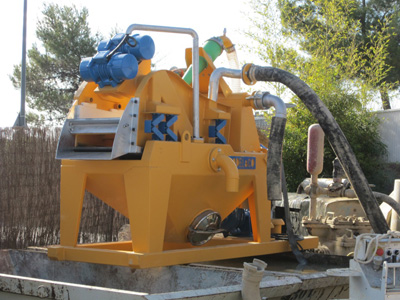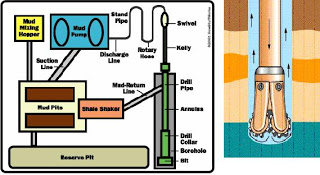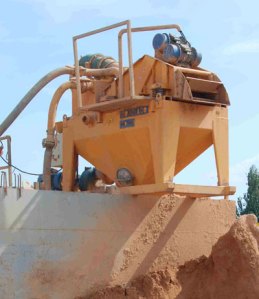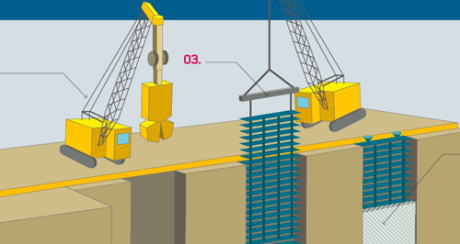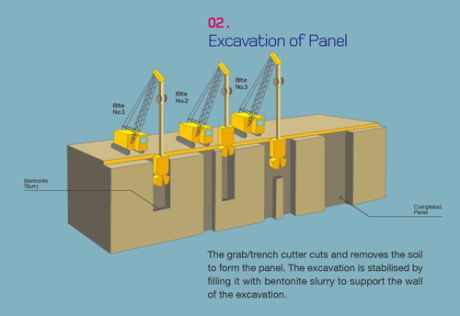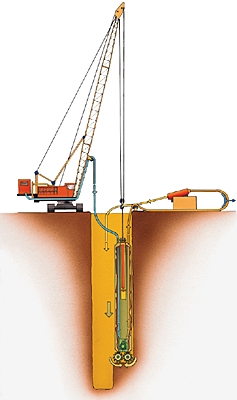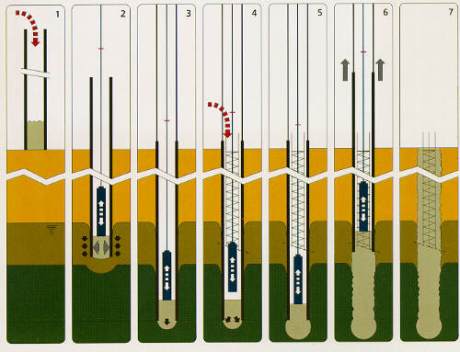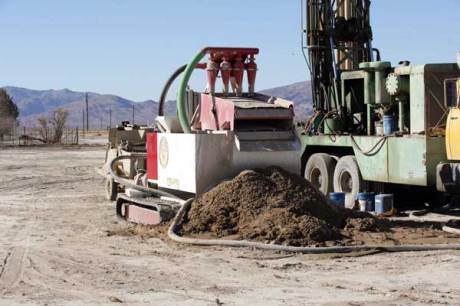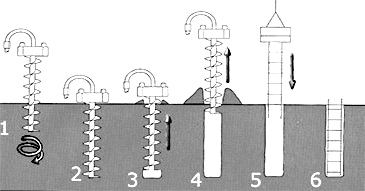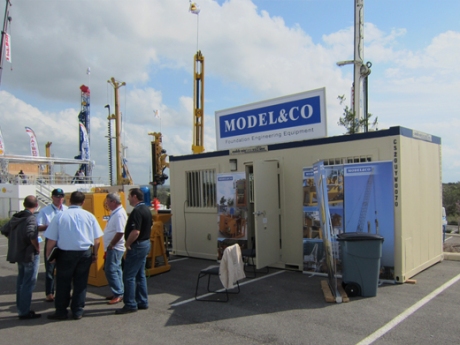Drilling mud is a product which is used in the process of drilling deep boreholes. Usually these holes may be drilled for civil constructions, oil, coal, water, etc.. One of the most critical roles of drilling mud is as a lubricant. Drilling generates tremendous friction, which can damage the drill or the formation being drilled. Drilling mud cuts down on the friction, lowering the heat of drilling and reducing the risk of friction-related complications. The mud also acts as a carrier for the materials being drilled, with material becoming suspended in the mud and then being carried up the drill to the surface.
Using drilling mud protects the stability of a borehole by controlling variables such as friction and pressure. Different muds are needed for different circumstances, and the selection and formulation of mud is managed by a mud engineer. This engineer determines the correct viscosity level for the drilling mud, and adjusts factors such as density of the mud as well. Water, oil, and gas-based muds can all be used, with products ranging from true muds made with materials like bentonite clays to synthetic drilling fluid.
Types od frilling
The common classification for types of drilling is by the most distinctive feature of the type:
- ROTARY DRILLS – rotary cutting action
- DIAMOND DRILLS – diamond bits
- CABLE TOOL DRILLS – cable percussion operation
Diagram from http://darshanwadikar.blogspot.com.es
